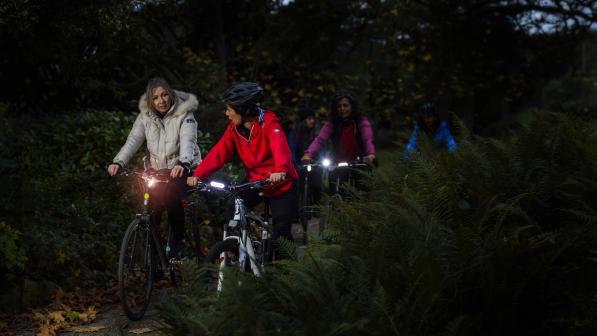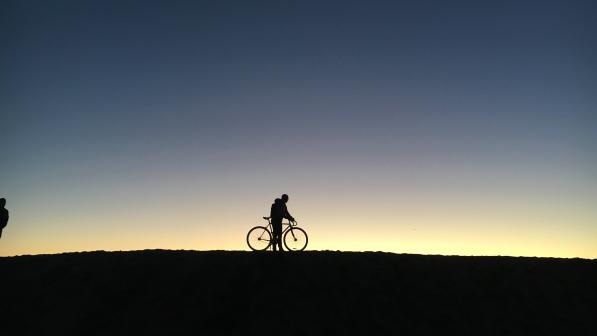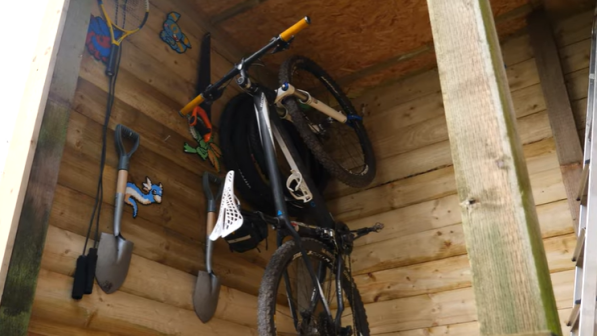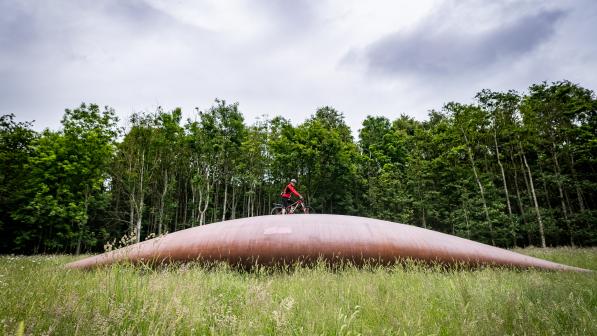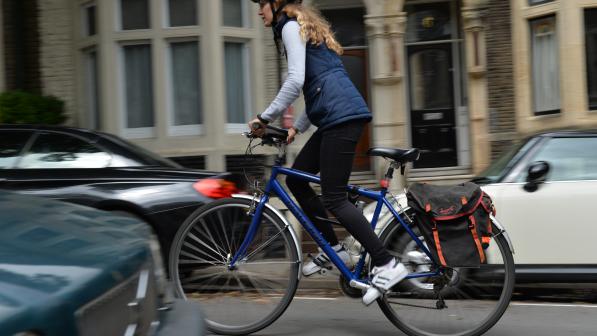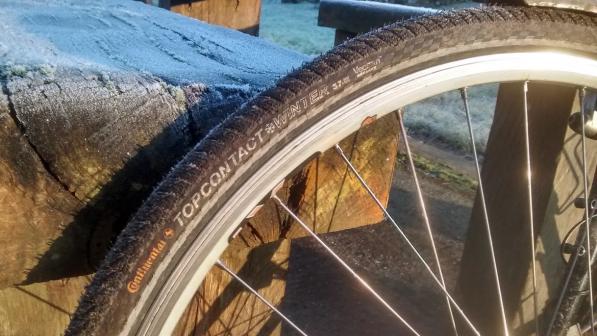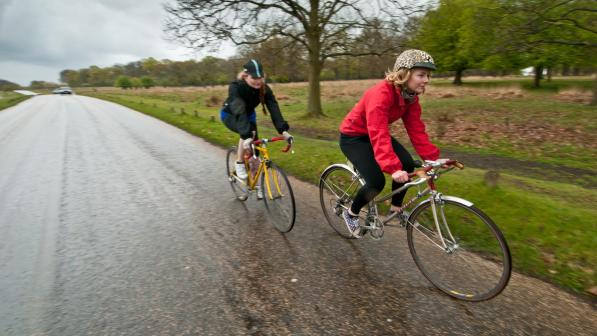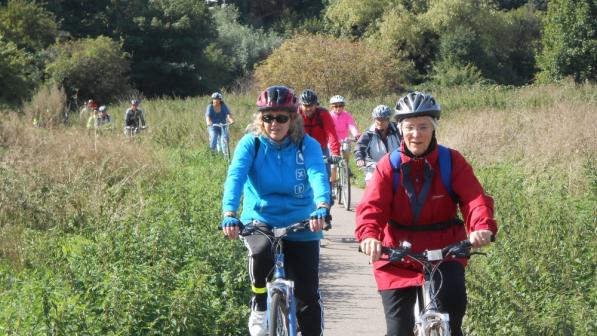Winter cycling training plan

Winter in the UK can be anything from mild and wet, to freezing and snowy. It is changeable and you are never guaranteed the same conditions each year.
Winter is regarded as the off season. It’s when you can take a few weeks off and allow your body to recuperate from the previous season, and regain motivation to do it all again next year.
But there’s no need to give up cycling altogether; winter is the time to slow things down and prepare for the coming year; after all, winter miles mean summer smiles. Here is some advice on how best to use the colder months and stay motivated.
Set a goal
This is a great time for setting goals. Your goals are personal to you, they could be a distance goal – to build up to a certain distance; a time/distance goal – to complete a certain distance in a certain time; an event; to lose weight; to improve fitness.
Whatever your goal make sure it is realistic and attainable. This is what will keep you going when the training gets tough, and the cold and wet weather sets in.
Take a break
Be sure to take time off, otherwise further down the line you may become stale and lose your motivation due to mental or physical fatigue. When you do take time off be sure to cut back on your food portions at meal times. Be careful though, as some people take a few weeks off and before they know it, it’s been three months since they were on their bike.
After a few weeks off, you can steadily get back into the routine of training. Start easy and build up steadily. Don’t do too much too soon. Listen to your body, and allow enough time for recovery.
Base training
Now is the time to ease back on intensity, and instead concentrate on building a base. Think of your base as a foundation; this is what will help you to absorb and gain benefit from all your future higher intensity sessions. It improves your cardiovascular system and helps you become a more efficient rider.
In the past it was thought the best way to build a base was, get out on the bike and ride lots of miles. This resulted in a lot of ‘junk miles’. ‘Junk miles’ refers to miles added into your training plan with no purpose other than to increase your mileage count.
However, a lot of research has been carried out, and riding endless miles at low intensity doesn’t have to be the answer. It has been found that doing shorter sessions with a medium-hard effort can be just as effective, if not more so. These sessions can de done outside on the road, or indoors on a turbo trainer.
Strength training
Another aspect to consider is strength training. If you have the time, a short session of 30 mins, two or three times a week, can pay dividends. This can be in the gym or at home.
A good strong core can help prevent injury, as well as cut down on unnecessary upper-body movement.
You don’t need specialist equipment; you can start off using your own bodyweight and do exercises such as push ups, squats, crunches and so on. There are loads of free workouts on YouTube, using either weights or bodyweight so you can find which suits you best.
Just like your cycle training, be sure to stretch afterwards.
Spinning
If you find your training getting a little monotonous maybe consider going to a spin class once a week/fortnight. These can be great to keep you motivated, as you will be training with others.
They can be as hard or as easy as you make them. However, remember not to get carried away with the intensity, it’s winter so you don’t really want to be doing max efforts until you have built your base.
Be prepared
If venturing out, be sure to wear the appropriate clothing for the conditions and carry some food. Even though it may be cold, you will still sweat, so make sure you drink plenty of fluids, even if you don’t feel thirsty.
It’s a good idea to have mudguards on your bike over the winter. This will stop your back from getting wet which would be the ride less enjoyable and may lead to you getting a chill. It’s always a good idea to have mudguards when riding in a group, as this will prevent the rider behind from getting spray off your back wheel.
Make sure your tyres are durable. You can buy tyres specific for winter. These will be heavier than racing tyres, as they will have a puncture-resistant band built in and the rubber compound used will be more durable.
Racing specific tyres are lightweight as they tend not to have the puncture-resistant band. If you ride on race-specific tyres in the winter you will find you get punctures quite a lot as there tends to be a lot of debris on the roads over the winter.
Always have lights with you – and be sure they work. Shorter days and overcast, rainy conditions make it harder to be seen.
After every wet ride, give your bike a wipe down and lubricate any moving parts, as winter can be very harsh on a bike with salt on the roads.
Above all, whatever training you do – enjoy it.
